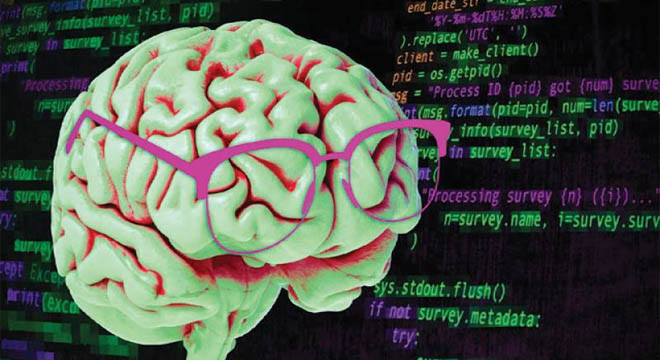Islamabad-Neuroscientists find that interpreting code activates a general-purpose brain network, but not language-processing centers.
In some ways, learning to program a computer is similar to learning a new language. It requires learning new symbols and terms, which must be organized correctly to instruct the computer what to do. The computer code must also be clear enough that other programmers can read and understand it. In spite of those similarities, MIT neuroscientists have found that reading computer code does not activate the regions of the brain that are involved in language processing.
Instead, it activates a distributed network called the multiple demand network, which is also recruited for complex cognitive tasks such as solving math problems or crossword puzzles. However, although reading computer code activates the multiple demand network, it appears to rely more on different parts of the network than math or logic problems do, suggesting that coding does not precisely replicate the cognitive demands of mathematics either. “Understanding computer code seems to be its own thing.
It’s not the same as language, and it’s not the same as math and logic,” says Anna Ivanova, an MIT graduate student and the lead author of the study.
Follow the PNI Facebook page for the latest news and updates.








